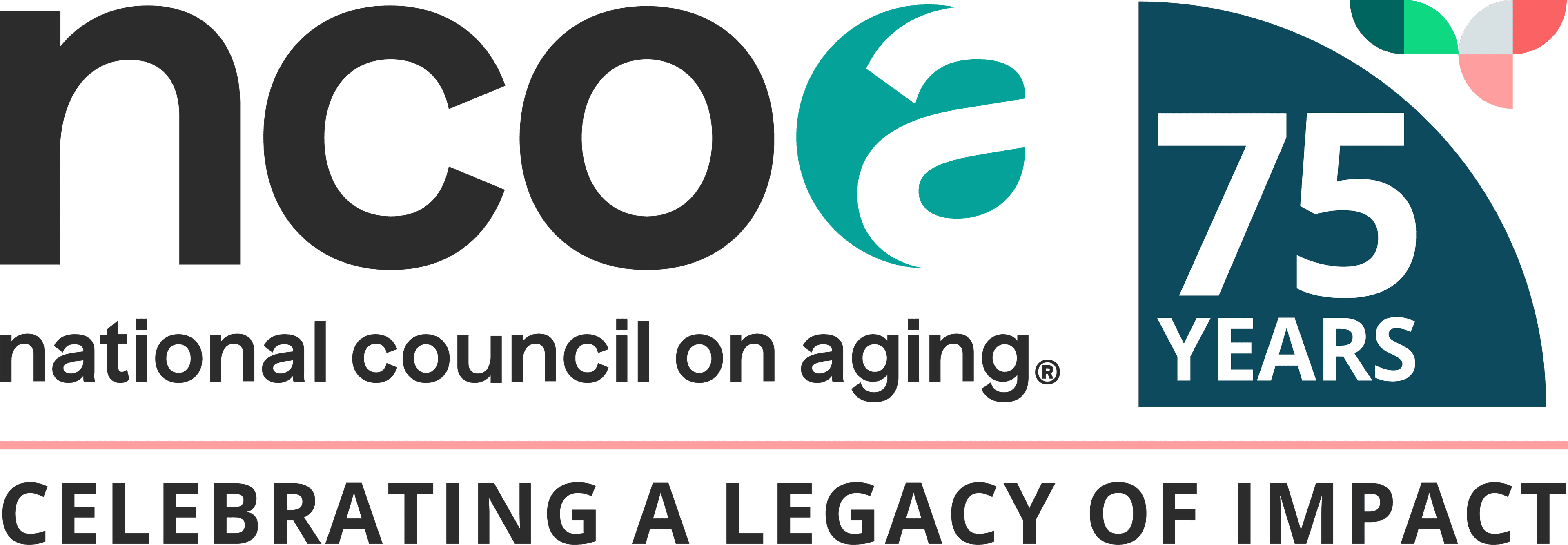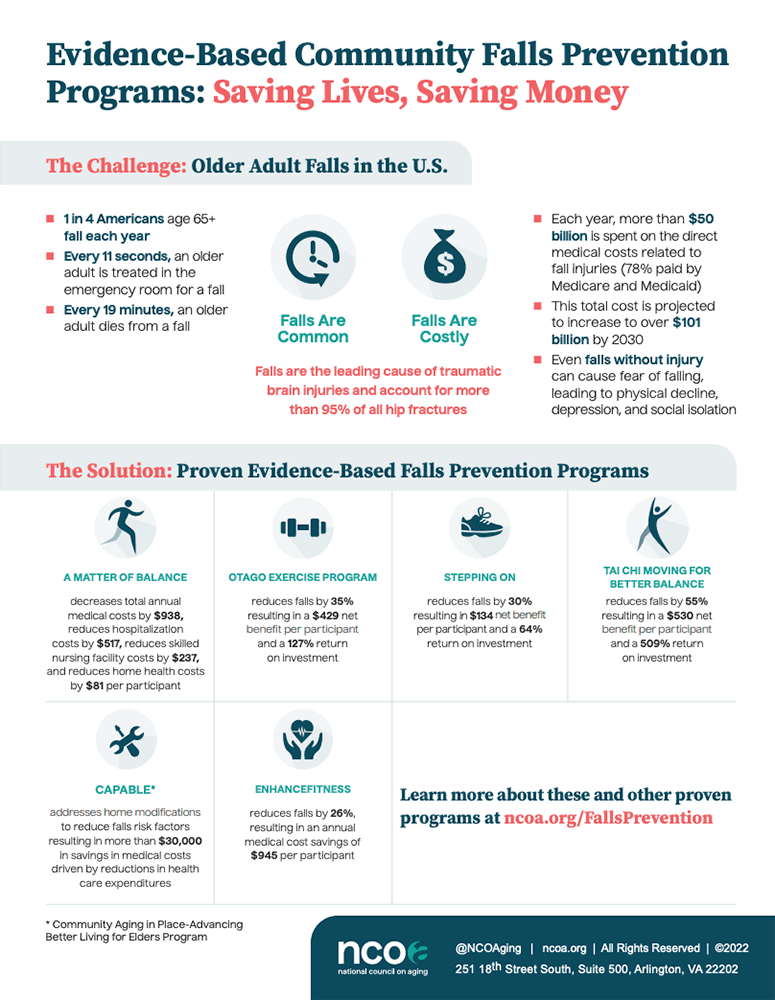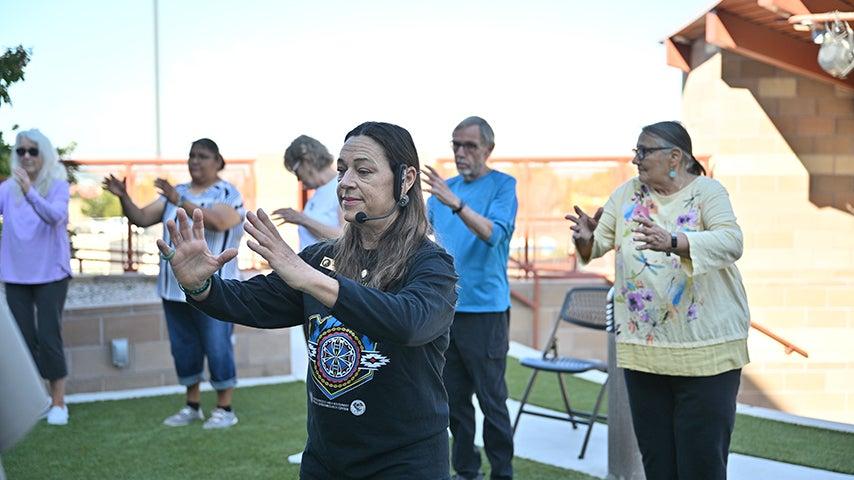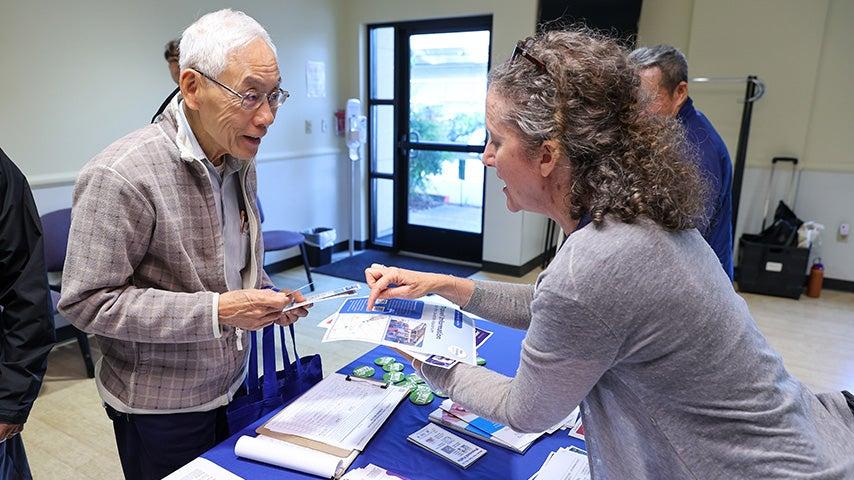
Related Topics
Falls are costly and common.1 But most falls are preventable. And evidence-based community falls prevention programs can significantly reduce falls and falls risk factors as well as reduce the costs associated with falls.
What's the value of evidence-based falls prevention programs?
Consider these stats about some popular community-based falls prevention programs.
- Decreases total annual medical costs per paticipant by $938
- Reduces hospitalization costs per participant by $517
- Reduces skilled nursing facility costs per participant by $237
- Reduces home health costs per participant by $81
- Reduces falls by 35%, resulting in a $429 net benefit per participant and a 127% return on investment
- Reduces falls by 30%, resulting in a $134 net benefit per participant and a 64% return on investment
Tai Chi Moving for Better Balance
- Reduces falls by 50%, resulting in a $530 net benefit per participant and a 509% return on investment
CAPABLE (Community Aging in Place-Advancing Better Living for Elders)
- Results in more than $30,000 in savings in medical costs driven by reductions in health care expenditures
- Reduces falls by 26%, resulting in a yearly medical costs saving of $945 per participant
These programs address a wide range of falls risk factors, such as improving muscle strength and balance, removing home hazards that contribute to falls, and increasing confidence to engage in falls-reduction activities. Also, these programs reduce health care costs and have proven positive returns on investment.
Download and share our infographic highlighting key statistics on fall injuries and cost savings of evidence-based falls prevention programs.
Sources
1. Facts About Falls. Centers for Disease Control and Prevention. Injury Prevention and Control. Found on the internet at https://www.cdc.gov/falls/data-research/facts-stats/
2. Carande-Kulis, V., Stevens, J., Florence, C., Beattie, B.L., Arias, I. (2015). A cost-benefit analysis of three older adult falls prevention interventions. Journal of Safety Research, 52, 65–70. Found on the internet at https://pubmed.ncbi.nlm.nih.gov/25662884/
3. Report to Congress in November 2013: The Centers for Medicare & Medicaid Services’ Evaluation of Community-based Wellness and Prevention Programs under Section 4202 (b) of the Affordable Care Act. Found on the internet at http://innovation.cms.gov/Files/reports/CommunityWellnessRTC.pdf
4. Ackermann RT, Williams B, Nguyen HQ, Berke EM, Maciejewski ML, LoGerfo JP. Healthcare cost differences with participation in a community-based group physical activity benefit for medicare managed care health plan members. J Am Geriatr Soc. 2008 Aug;56(8):1459-65. doi: 10.1111/j.1532-5415.2008.01804.x. Found on the internet at https://www.sciencedirect.com/science/article/pii/S1551714414000330




